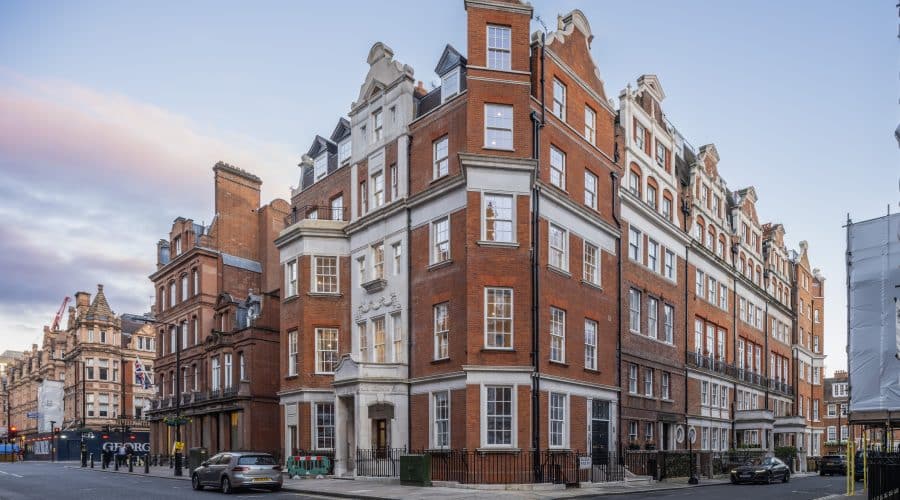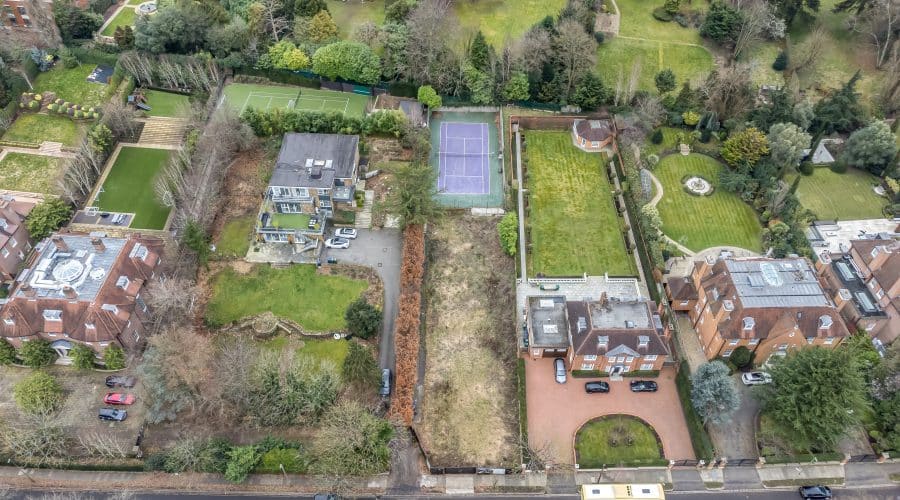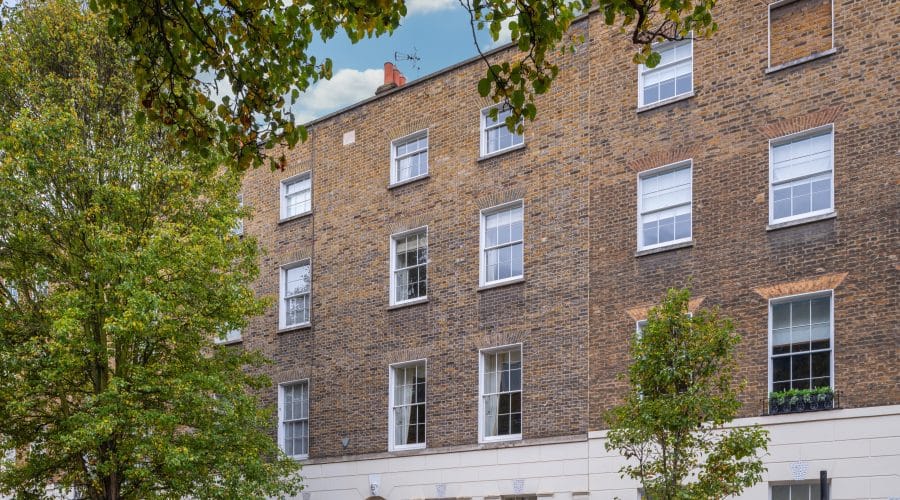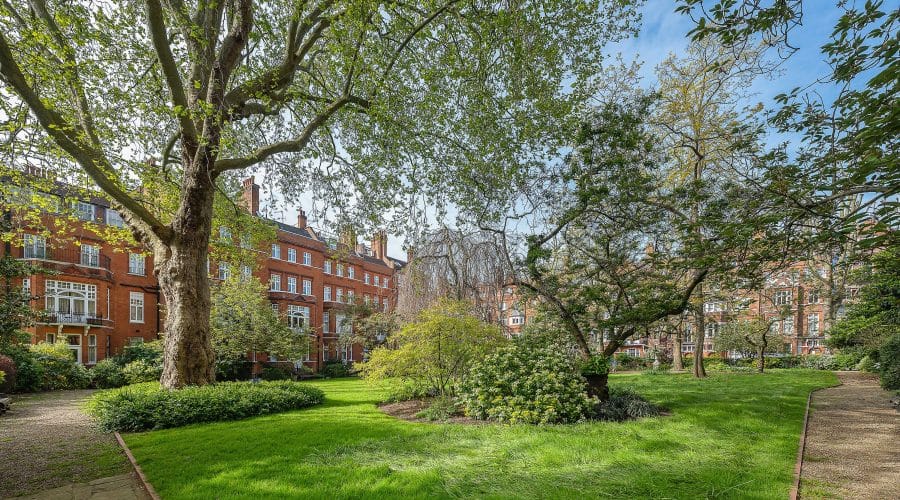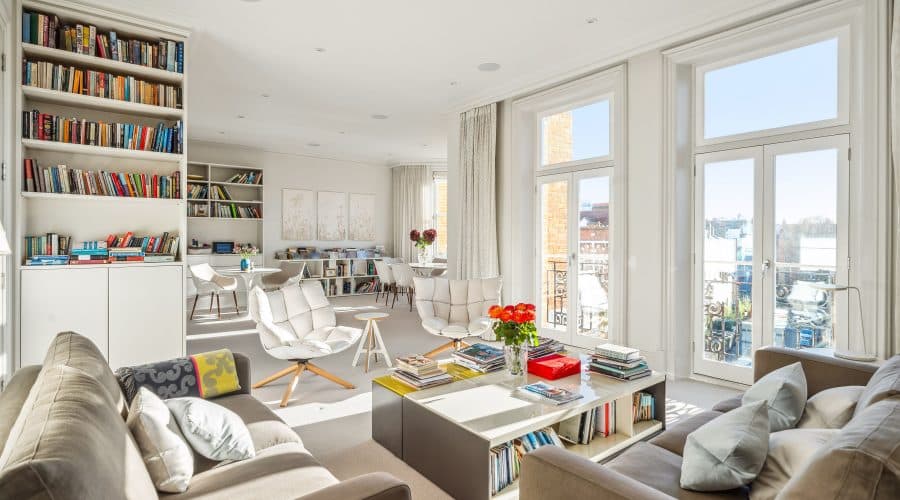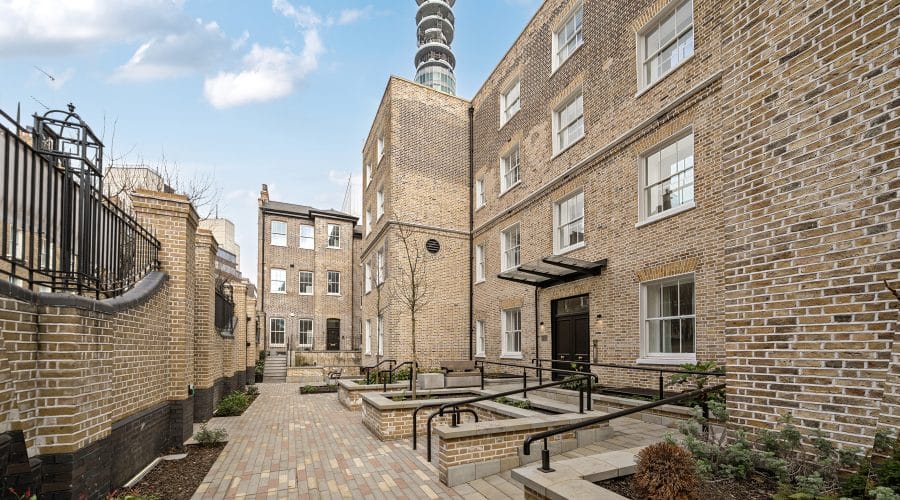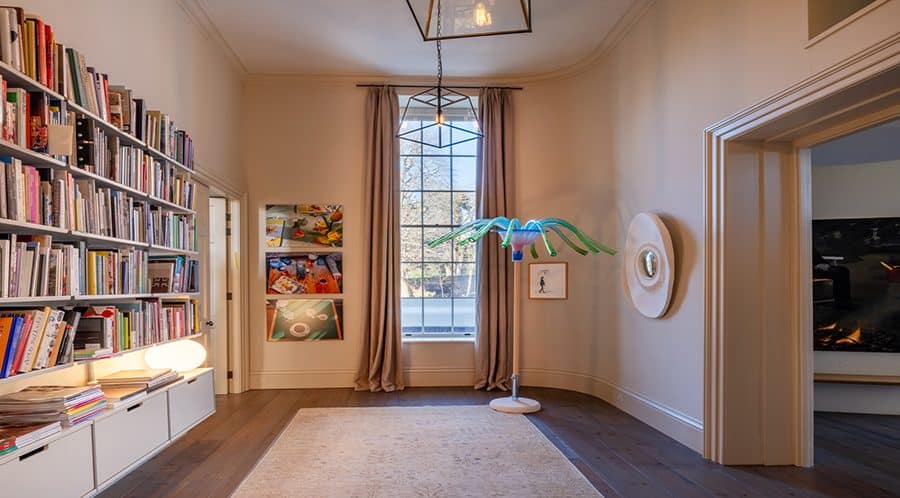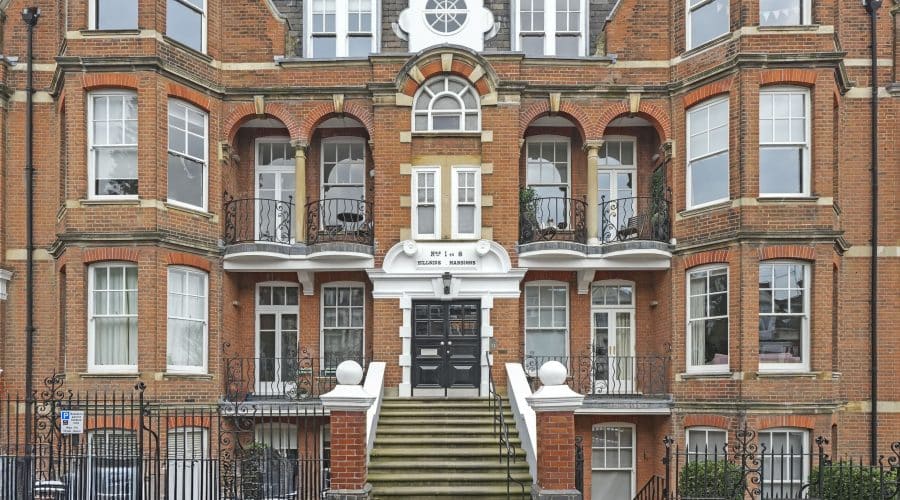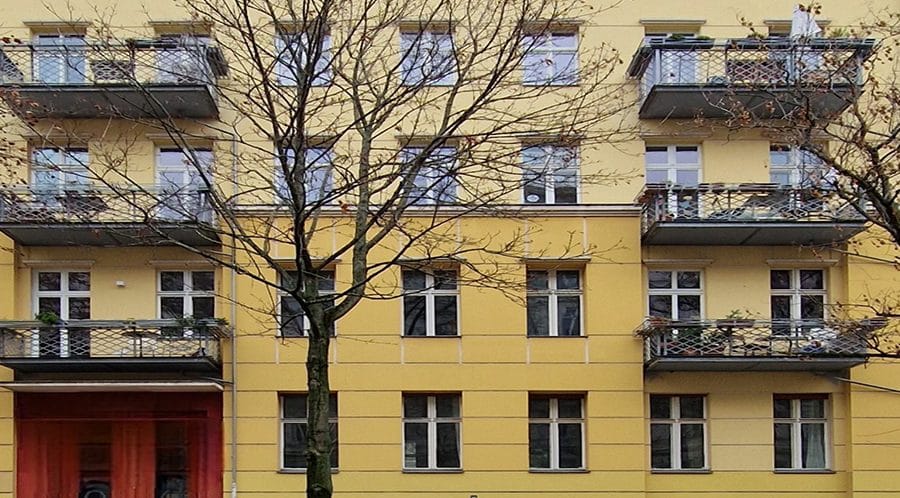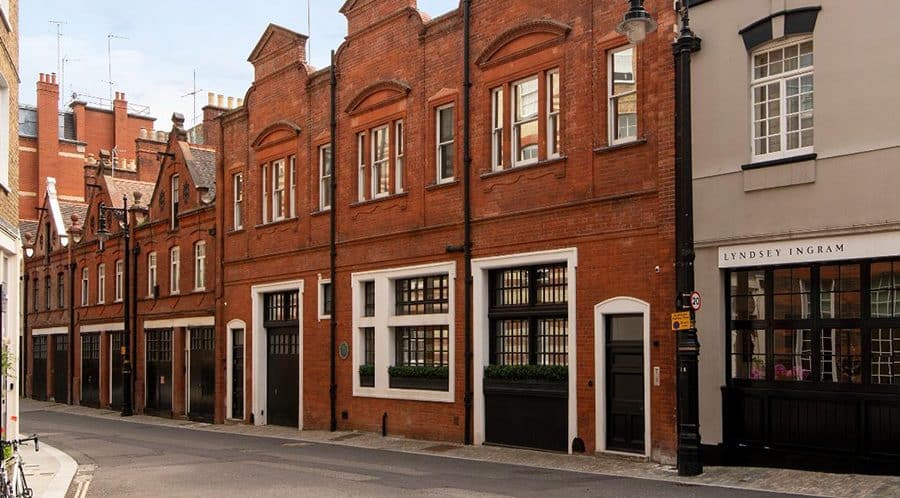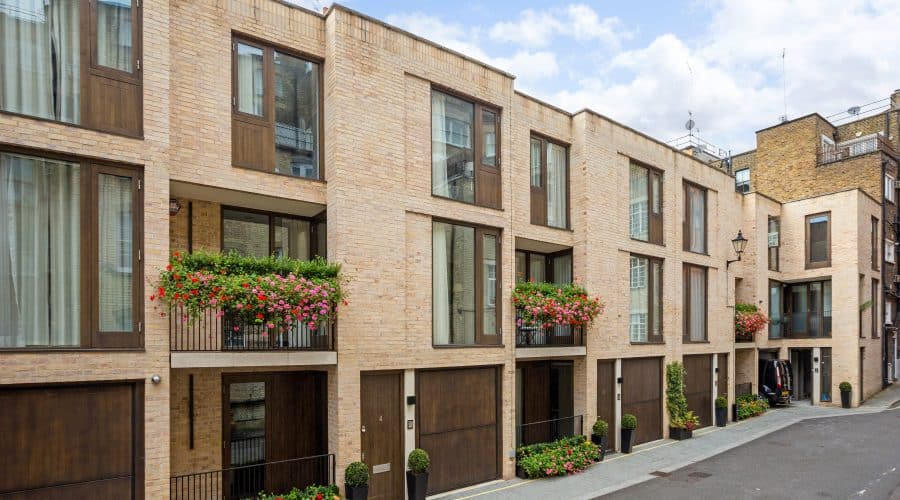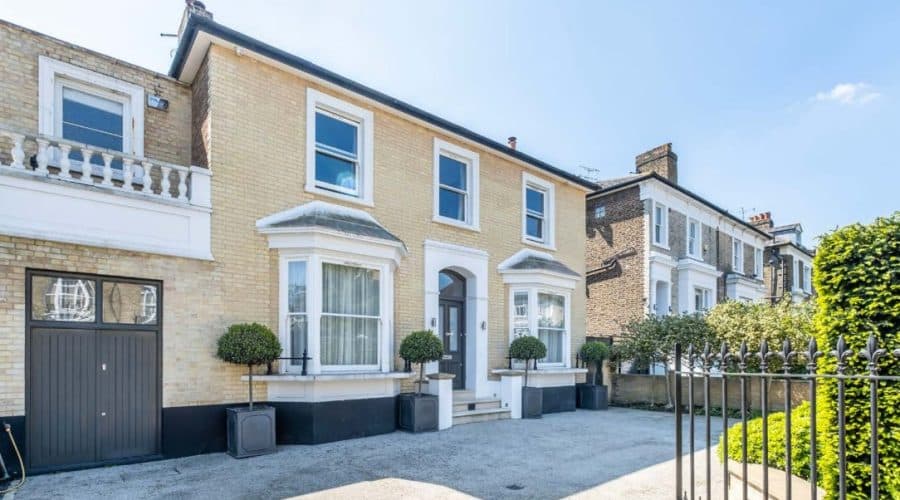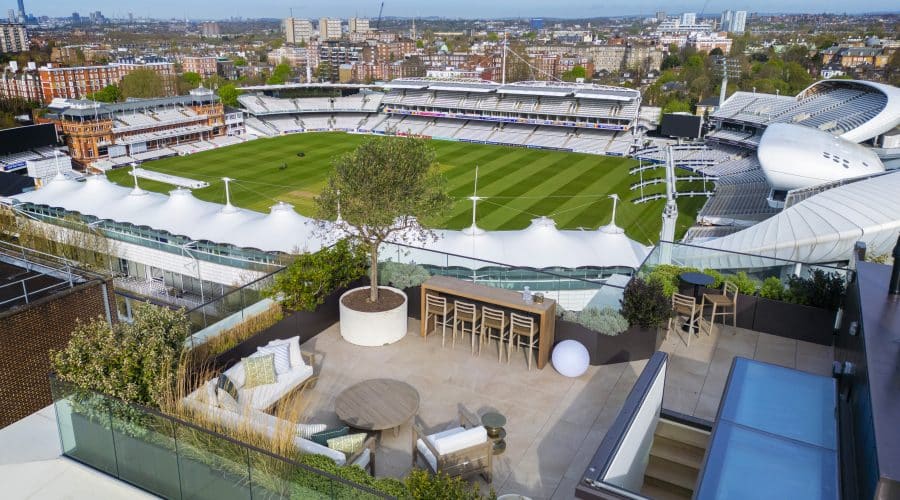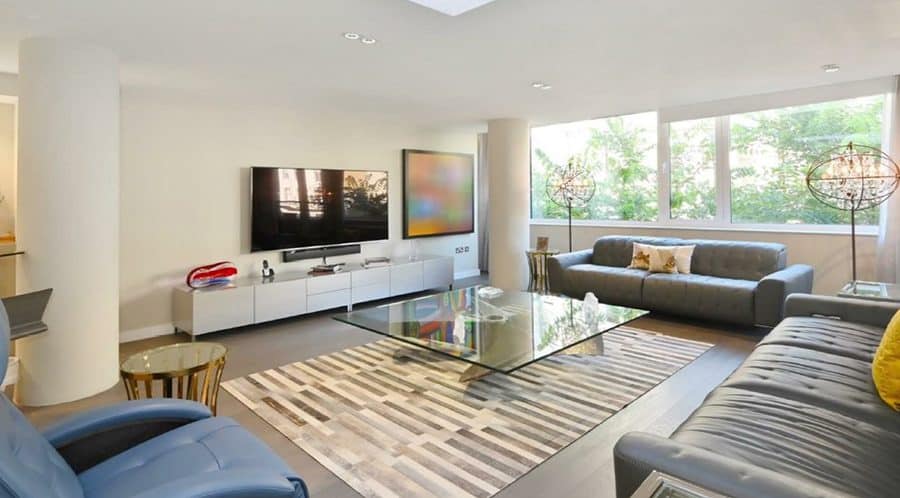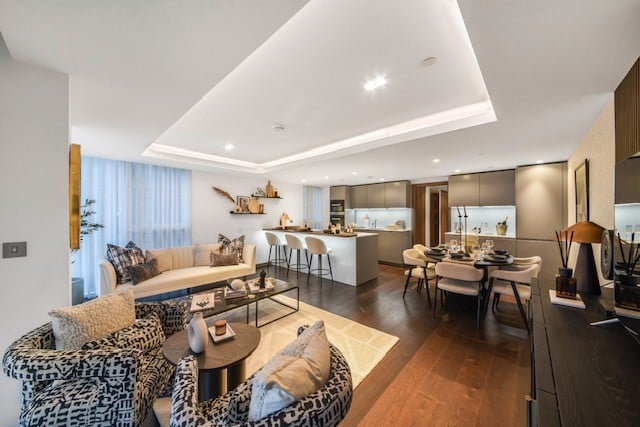The magnetism of living in the capital is losing its power. Is now the time to make your move, asks Melissa York
The magnetism of living in the capital is losing its power. Is now the time to make your move, asks Melissa York
To walk around the streets of central London today is to know what it’s like to be in a zombie apocalypse. Streets empty, shops closed, pubs forlorn, the desertion would have been unthinkable only a year ago.
Like the rest of the country, the city is in national lockdown, but what will it look like when restrictions do finally ease? Blinded by the big city lights, will we happily hand over half of our salaries again to live in shoebox flats with no outside space, or will we decide that there’s more to life than theatre and fine dining?
This isn’t just a London problem. In New York, 300,000 residents have fled, many of them to warmer, low-tax states, reports the US Postal Service. The same number could leave our global metropolis, according to PwC’s latest economic outlook paper. It would be the first time that London’s population has fallen since 1988.
And that’s a conservative estimate: a survey by the London Assembly carried out in August — as in, two lockdowns ago — found that 4.5 per cent of Londoners, or 416,000 people, said they would definitely move out of the city within the next 12 months.
Many already have. The number of homeowners buying outside of London hit a four-year high in December, despite the housing market being closed for nearly two months, according to data from estate agency Hamptons International.
As a result, there are more homes on sale. London is the only region in the UK that has seen an increase in supply of new properties coming to market.
Even with buyers rushing to get sales through before the stamp duty holiday deadline, in the first two weeks of the year there were 12 per cent more homes to buy in the capital, says property portal Zoopla; nationally, there were 12 per cent fewer.
Most of these are flats, with owners trading up to houses for more space and investors selling off their buy-to-lets in the face of falling rents amid talk of a change to capital gains tax in the upcoming budget.
Space is at a premium now, so bargain hunters are much more likely to get a discount on a flat than a house. At the end of last year the price of a flat in prime London fell 1.3 per cent compared with the same period in 2019, but house prices increased 5.7 per cent, according to data analyst LonRes.
Indeed, there was a 6 per cent rise in the amount spent on houses in London’s top postcodes in 2020 compared with 2019: this in contrast to flats, where purchasers spent 15 per cent less.
One buy-to-let investor we spoke to said he recently bought a one-bedroom former council flat built in the 1980s in Archway, north London, for £374,000. The couple he bought it from, fleeing to the suburbs, paid £420,000 for it in 2016.
“I think it’s a combination of wanting to meet the stamp duty-holiday deadline, outward gentrification and people reaching a certain age and wanting that lifestyle change,” he says. “I believe in London.”
Does this mean values are set to go the same way as rents? Are there, in fact, bargains to be bagged in London?
As always, it depends what you are buying and where. Research by Swiss bank UBS suggests that a third of London listings have had their price reduced, up from a quarter in June.
A heatmap using data from PropCast, which looks at the percentage of homes under offer to see where demand is highest, is flooded by an icy blue all along the central boroughs that line the River Thames.
Drill down into individual boroughs and it’s clear that the highest share of reductions are happening centrally, rather than in the outer London villages. Prices are down as much as 23 per cent in Westminster and 14 per cent in Islington, UBS says.
Buyers looking for discounts, or looking to upgrade to a bigger home, would do well to look in areas where demand has fallen the most since January 2020.
In east London, PropCast data highlights the Olympic Park in Stratford (20 per cent fewer homes under offer) and London Fields (10 per cent) as good places to negotiate. King’s Cross (26 per cent), Camden Town (14 per cent) and Holloway (19 per cent) have seen double digit falls in north London.
South of the river, buyers are going cold on Herne Hill (15 per cent) and Stockwell (18 per cent). Out west, Holborn (30 per cent) and West Kensington (15 per cent) have seen a notable drop-off in buyer demand.
Hamptons International figures show that the competition increases the farther out you go. Overall, London homes are only spending three days longer on the market than other homes in Britain on average. But in Zone One homes are languishing for nine days longer; and in Zone Two they are taking more than a month longer to sell, at 34 days.
With fewer international buyers around, UK investors are snapping up homes in prime locations for a relative steal. Camilla Dell, the founder of buying agency Black Brick, says she’s negotiating on a bulk buy of properties inside Battersea Power Station for a UK buyer, who foresees long-term value there.
One overseas client of hers was looking for a modern two-bedroom flat in Belgravia, central London. Dell says she found one in Ebury Square and watched the value tumble from £4.25 million to £3.7 million. She then negotiated during the last lockdown and knocked another £378,000 off the asking price.
What’s more, house prices in inner London are expected to catch up with those in the suburbs eventually. A five-year forecast by estate agency Savills predicts house price growth of 17.5 per cent by 2024 in London’s poshest postcodes, and growth of 18.1 per cent in the suburbs over the same period.
The long-term value of a central London property is apparent from the number of international owners shelling out large sums to property management companies to look after their empty mansions.
One such business, Eccord, says it is being hired, or being asked to pitch for, one super-luxe property a week, often owned by international families prevented from travelling to the UK as a result of border restrictions.
“A Middle Eastern family appointed us to manage their 10,500 sq ft house in Knightsbridge, which they purchased in March 2020 for £35 million, and are now unlikely to visit for another two years,” says founder Jo Eccles.
A portion of international buyers are buying sight-unseen, but the vast majority are still not prepared to spend millions on a property they cannot view in-person, even to avoid the 2 per cent foreign buyer stamp duty surcharge coming in in April.
Although 300,000 existing Londoners are expected to leave, the same number of British Overseas passport holders in Hong Kong are expected to apply for fast-track British citizenship. Many of these people will be professionals — business-minded — and they will want to live in London.
Investment advisory London Central Portfolio says there has been a 41 per cent increase in traffic from Hong Kong to its website in the past six months and almost 60 per cent of its buyers from the region are looking for a home rather than an investment.
There was similar interest after the British handover of Hong Kong to China in 1997, says Ed Lewis, head of London residential development at estate agency Savills. “What’s distinctive at the moment is that they’re thinking about where they would like to live and the wellbeing of their family.”
With this in mind they are looking at two and three-bedroom apartments, with average budgets around £700,000, says Lewis, putting them firmly in competitive London village territory.
There is increasing evidence that, in the end, this won’t be seen as a flight from the city, but a race to the suburbs. “If you’re a professional that has a budget between £600,000 to £700,000, then I can see how the thought of selling up and having a three- or four-bedroom house outside the city appeals,” says Dell, from Black Brick. “But you make that move at your peril. Will we all be working from home in five years? I doubt it. And once you’re out, it’s a lot harder to get back in.”
Dell says she senses that more homes will come on to the market once the vaccines work their magic because people are put off by restrictive viewings and a less-than ideal sellers’ market.
Even if working from home becomes the norm, the textiles factories of Shoreditch, now some of the city’s most sought-after homes, are testament to London’s rich history of turning commercial space into residential.
“I think people will be desperate to live in the centre again. Every time there has been a partial unlocking, you can’t get a restaurant booking for love nor money,” says Lewis from Savills.” Once this is over, people will remember how cool London is.”
Another overlooked demographic are the millennials and Gen Z, who have been working from home and quietly adding to their deposits for almost a year now.
“Twenty-year-olds are not going to want to sit on Zoom calls in their parents’ house in Surrey any longer than they have to,” Weir says. “They will want to get back here as soon as they can. London has constantly reinvented itself and it will do it again.”
